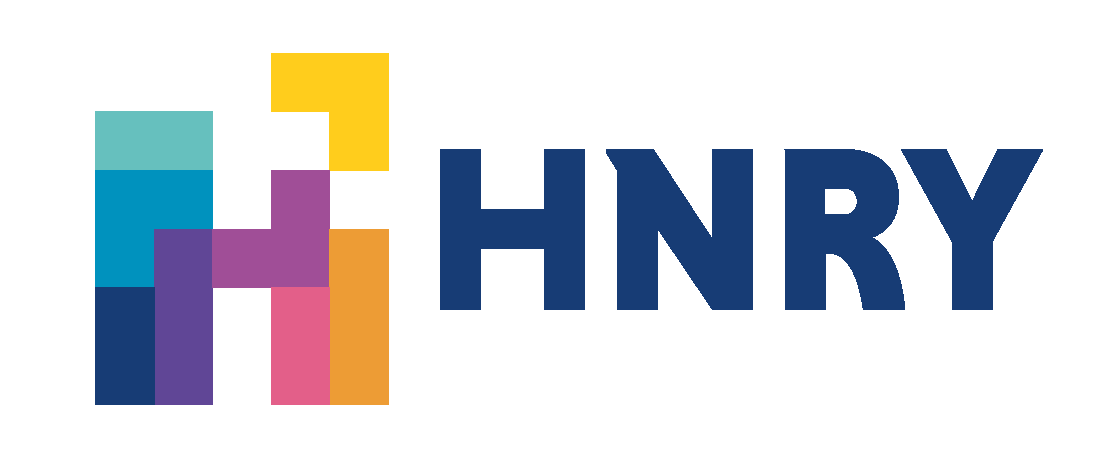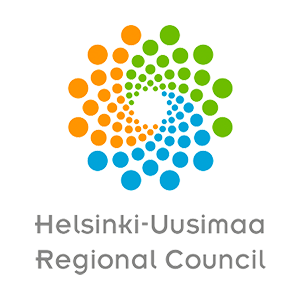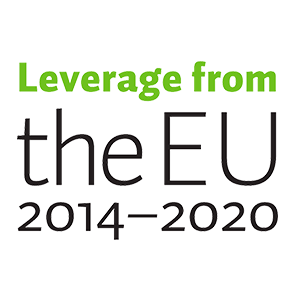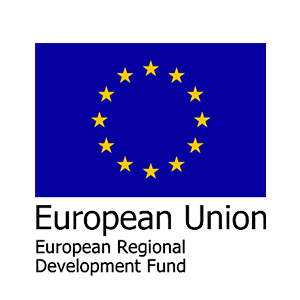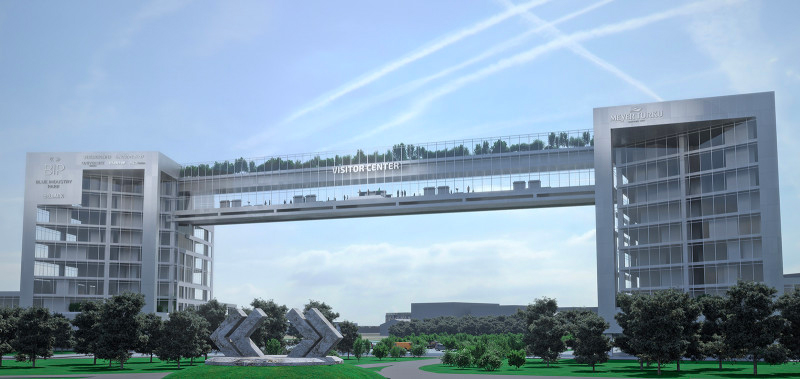
How to create a new resource-wise and carbon-neutral industrial area?

Blue Industry Park: the new resource-wise and carbon-neutral industrial area
hiilineutraali teollisuusalue
When building a carbon-neutral and resource-wise industrial area, it is necessary to take into account not only the planning but also the construction of the area and its day-to-day operations. The Blue Industry Park is an area that is gradually being built beside the Turku Shipyard, and it will be a functioning ecosystem of manufacturing industries and service operators. It takes the expertise and willing of all companies to achieve resource wisdom and carbon neutrality in the area.
- Blue Industry Park Oy. Established during the project to lead the construction of the area.
- Great transport links. Deep-water channel, E18, railway and distance to the airport 10 km.
- 55 hectares. Total area
This solution is right for you if
- you operate in the supply chain of Turku Shipyard;
- you operate in a manufacturing industry supply chain;
- you want to streamline your supply chain operations;
- you are planning a carbon-neutral and resource-wise industrial area;
- you are a contractor or developer in a carbon-neutral and resource-wise industrial area;
- you are a public operator, such as a planning officer, and you want to know how carbon neutrality and resource wisdom are implemented.
BASIC FACTS
- Location: Perno district, Turku. Next to Turku Shipyard.
- Industrial area life cycle: planning phase
- Organiser: Blue Industry Park Oy.
- Time span: 5–10 years from 2021 onwards.
- The maritime industry network in southwestern Finland employs 11,000 people.
- The value of Turku Shipyard’s order book in Q1/2021 is EUR 6.5 billion, cruise ship deliveries until 2026.
Towards a sustainable future
Blue Industry Park is a close-knit and diverse community of companies and research institutes, which are leading the change. There are no limits to its growth opportunities. The scalable spaces and shared resources provided in the area reduce the need for non-essential investments and enable business development in a sustainable and commercially viable manner. The community is responding to megatrends of production modularity and circular economy on a scope never seen before.
New technologies and cooperation are prerequisites for success
The concept guidelines do not provide ready-made solutions for the future, but they encourage all parties to share their expertise to achieve the shared goal. For the area to be successful, the best and most sustainable technologies and operating models available must be applied in every phase and solution.
The guidelines cover solutions for design and civil engineering, buildings and operations as well as transport.
Blue Industry Park’s ecosystem also includes service companies such as occupational health care, lunch restaurants and a visitor centre. Renewable energy sources are preferred, of course, and carbon neutrality is achieved by combining several solutions.
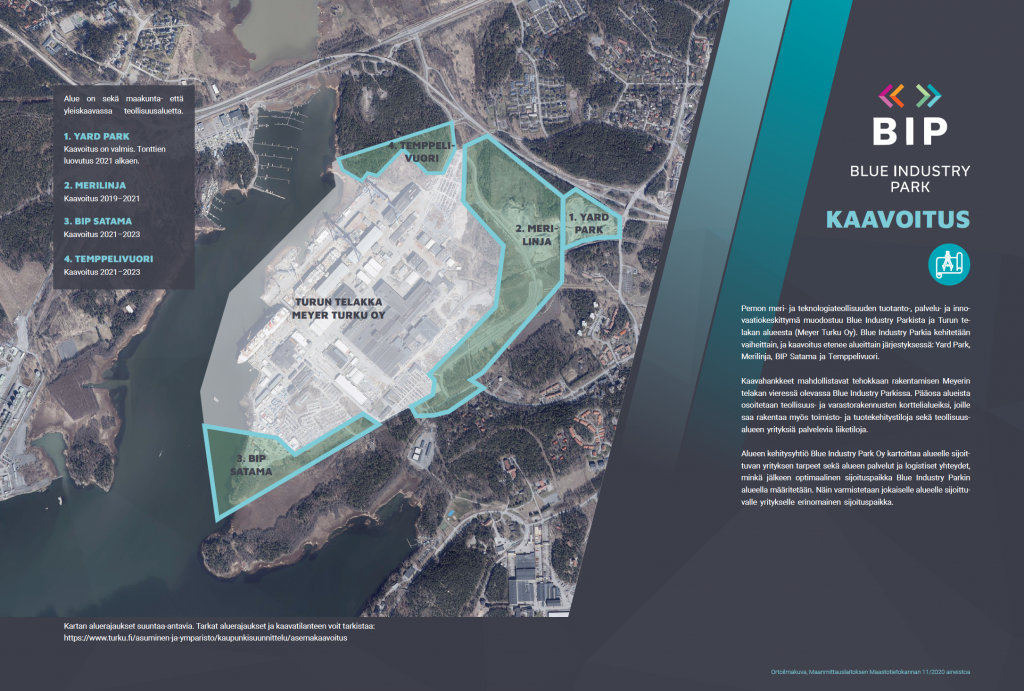
Research collaboration with universities
It is valuable for companies operating in the area that there are four institutes of higher education in Turku with research related to the maritime industry and maritime logistics. Blue Industry Park is a platform for productive cooperation in research projects and the supply of skilled labour both now and in the future.
The universities in Turku cover disciplines that are relevant to planning and building the area, such as energy technology, structural engineering, circular economy, economics and industrial management engineering.
TAKE-HOME MESSAGES
- The area’s location in relation to existing transport links and major customers is essential to minimise emissions from transport.
- When building the area, the use of land masses in the region and the area under construction must be optimised so that unnecessary transportation and costs can be avoided.
- Renewable energy production, transmission and storage solutions need to be considered at the planning phase.
- The flexibility and modularity of the facilities improve their occupancy rate and cost efficiency.
- Sharing machinery and equipment makes it easier to adopt new eco-friendly technologies and reduces the number of equipment needed in the area.
- There must be a leader with a clear role to create an area that runs on synergy and cooperation.
”Companies must assess and develop their practices: new ideas only come from doing things differently. We know that those who can realise their full growth potential, find the right partners and work in a carbon-neutral and resource-wise manner will be successful.”
– Tero Lahti, CEO, Blue Industry Park Oy.
